Why Physicists Tried to Put a Ferret in a Particle Accelerator
Felicia had a job to do.
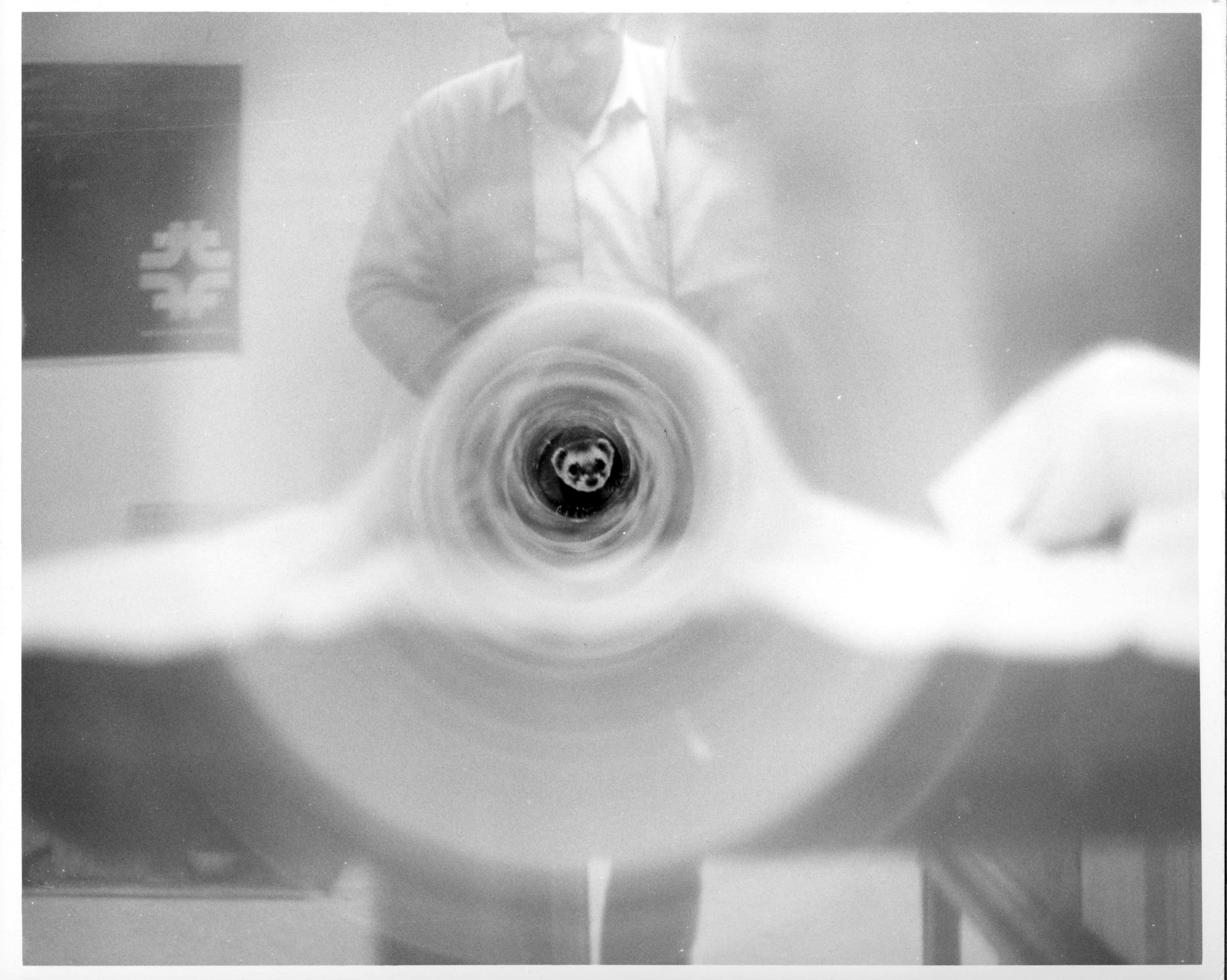
In February 1971, physicists at the National Accelerator Laboratory in Batavia, Illinois, began testing the biggest machine in the world: a ring-shaped, 200-billion-electron-volt (BeV*) proton synchrotron particle accelerator. The stakes were high. NAL director Bob Wilson had told the U.S. Department of Energy that he could get it running within five years for $250 million, and they were four years in. They soon ran into a perplexing problem: Magnets that were essential to its operation kept failing.
The low-tech solution proposed for this high-tech trouble? A ferret named Felicia.
But first, a bit of background. The NAL—today known as Fermilab, after the physicist Enrico Fermi—has a chain of accelerators: a linear accelerator (linac), a booster, a recycler ring, and a main injector ring. The linac provides the proton beam and the initial jolt of energy; the booster accelerates it; the recycler “batches it” into groups of protons for a more intense beam; and the main injector ring zips the beam around tens of thousands of times to nearly the speed of light. The particles are then sent to various testing facilities, where they’re smashed together or against a fixed target. The resulting collision, observed by a particle detector, reveals their interiors and sometimes creates exotic particles. These are the most fundamental elements of the universe.


Back in 1971, the design was a little different; for one thing, the injector and recycler rings didn’t exist. What did was an accelerator four miles around called the main ring. It was outfitted with magnets, which guide the beam through the accelerators: “774 dipole magnets—which steer the particle beam—and 240 quadrupole magnets—which focus the beam,” as the physicist Ryuji Yamada, who designed the dipole magnet, recalled.
These aren’t fridge magnets: Each is 20 feet long and weighs nearly 13 tons. At first, just two magnets failed when the glass fiber insulation around their coils broke. That soon became two a day. Over the next several months, the team replaced 350 magnets.
Yet on June 30, 1971, they managed to send a beam of particles all the way around the ring for the first time. By August, they sent one around 10,000 times. But when they tried to accelerate the particles above seven BeV, the magnets shorted out.
Yamada finally realized the cause: metal slivers left behind when they cut into the vacuum tubes. “So when the magnets were excited to a higher field,” he wrote, “they were pulled inside the magnet gap, stood up and stopped the beam, because they were slightly magnetic material.”
They had to get the slivers out. But how?
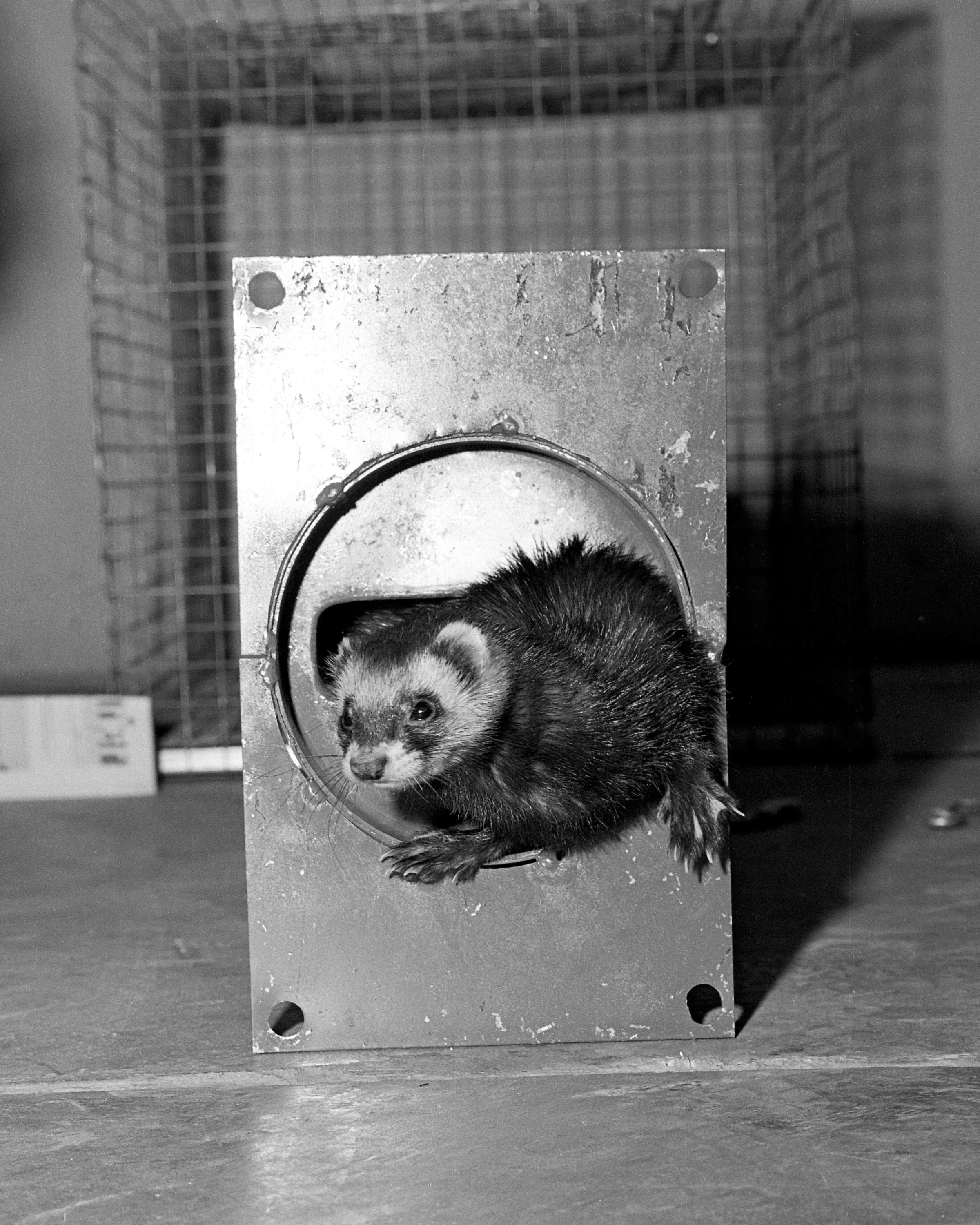
Robert Sheldon, a British engineer who’d been brought on to NAL to find “shortcuts and money-saving ideas,” suggested a ferret, equipped with a cleaning tool, could do the job, scampering through the vacuum tubes as if flushing rabbits out of a warren. “In his part of Yorkshire, hunters used ferrets,” Frank Beck, a former head of research services at Fermilab, wrote. “A ferret would not hesitate to run down the inside of the stainless steel tube, even if that involved a long journey into the unknown.”
The ferret arrived by special delivery from the Wild Game and Fur Farm in Gaylord, Minnesota. At 15 inches long, she was the smallest ferret they’d had. Her fur was brown and black except for white patches on her face. They called her Felicia. She cost $35.
They placed a custom collar around Felicia’s neck and a diaper around her rear; ferret poop in a tube would stop a proton, too. They attached a string to the collar. Felicia was to bring the string from one end of a tube to the other. Then they’d attach a cleanser-dipped swab to the string and pull it through.
But Felicia refused to enter the main ring vacuum tube. Perhaps she was daunted by the narrow, lightless black loop—it was four miles around.

Faced with a recalcitrant ferret, the scientists reassigned her to a section of 12-inch-wide tubes in the Meson Lab, a testing facility that was still under construction. “She was taught to scamper through progressively longer tunnels until she was ready to try one of the 300-foot sections that will be joined together to make the Meson Lab’s tubes,” Time noted.
After her first run, she emerged “looking a little tired and bemused but otherwise quite healthy,” according to Beck. She’d pulled the string all the way through. As planned, workmen pulled the swab through the tubes. It came out covered with specks of dust and steel.
The media soon caught wind of her escapades. After she made seven successful runs, Time wondered whether she should be rewarded with mate. An unnamed official responded, “If Felicia became pregnant, she might not fit through the tubes.”
Felicia likely wasn’t in any danger during her runs, says Valerie Higgins, Fermilab’s archivist and historian. “The sections she ran through were still under construction, so I would think they wouldn’t have any power running to them at that stage,” she says. “As far as getting stuck or suffocated goes: I think they were just relying on a ferret’s instinct to explore tunnels, so I don’t think she would have gone down a tunnel too small for her.”
The NAL staff doted on Felicia, feeding her chicken, liver, fish heads, and raw hamburger—her favorite. Some employees even took Felicia to their home for the night when the mink farm she generally bunked at had no room for her.

Meanwhile, the engineer Hans Kautzky created a “magnetic ferret” to deal with the debris in the main ring. He attached a dozen Mylar disks to a stainless steel rod, along with a flexible, 700-meter stainless steel cable—the equivalent of Felicia’s string—and a metal-attracting permanent magnet—the counterpart to the cleaning swab. He shot the device through a section of the main ring with compressed air. “With 12 operations, we could make it around the entire ring,” Yamada wrote. “This way we could clean the whole vacuum pipe, though not perfectly.”
But it worked well enough, because over the next several months, the team steadily turned up the energy levels without shorting out the system, and on March 1, 1972, they got the accelerator to reach the target energy of 200 BeV.
After a dozen runs through the Meson Lab tubes—which, when joined, grew too long for her comfort—Felicia went into semi-retirement, and spent most of her time as a pet on the mink farm. One night the following spring, she was at the home of Charles Crose, a NAL employee, when she fell ill. Crose took her to a vet the next day. Under medical care, she briefly rallied, but within a couple of days she died, on May 9, 1972. A necropsy revealed a ruptured abscess in her intestinal tract. The Village Crier noted, “It is planned that Felicia’s body will be stuffed and mounted to be displayed permanently as a symbol of early NAL development.”
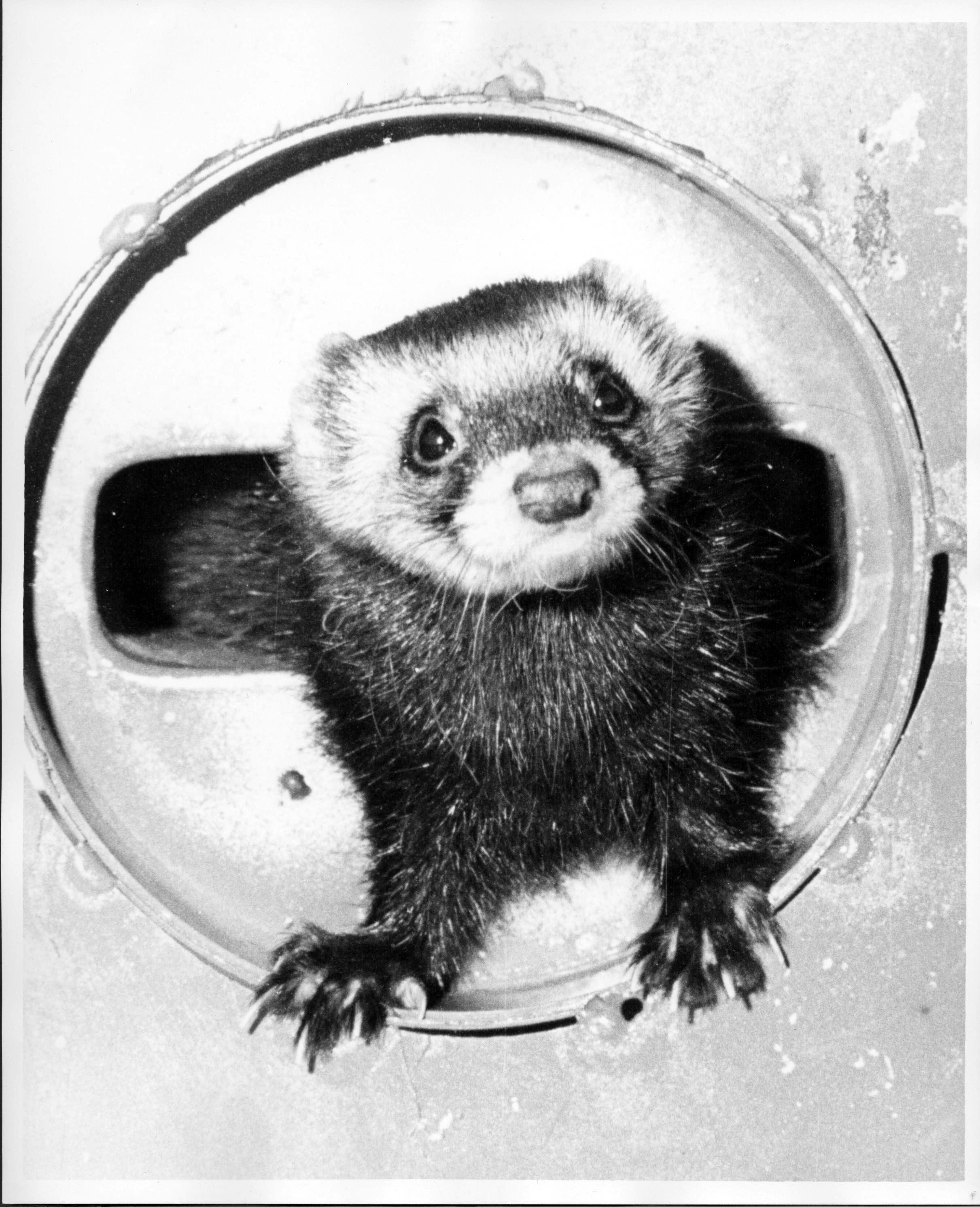
But if Felicia was taxidermied, there’s no record of it. “I’ve never found any evidence that that happened, and nobody remembers that ever happening,” says Higgins, who tried to track down people who worked with Felicia or might have more information about her fate after death. She had no luck. Many have since died.
Most historical artifacts associated with Fermilab are in a storage space Higgins manages. Is there any chance she’s hiding in the back somewhere, deep on a shelf?
“It seems very unlikely,” Higgins says. “I would love if I found that, but there’s not too many corners at this point that somebody hasn’t been into.”
Today Fermilab is one of 17 national labs and has multiple particle accelerators. Of the 13 known subatomic particles in the Standard Model of the universe—six quarks, six leptons, and the Higgs-Boson—three have been discovered there: the bottom quark in 1977, the top quark in 1995, and the tau neutrino in 2000.
The accelerator complex operates 24 hours a day, year-round, except for a couple of planned periods when it’s shut down for any maintenance, according to Andre Salles, a Fermilab spokesperson. It’s then that the tubes may be cleaned. For shorter sections, the accelerator operators attach a rag to a long stick and run it through. If it’s a long tunnel, they use the method Felicia made famous: “They usually use some kind of string,” Salles says, “and just pull the swab through.”
* Update: Today GeV, for gigaelectron volts, is more commonly used for this unit.
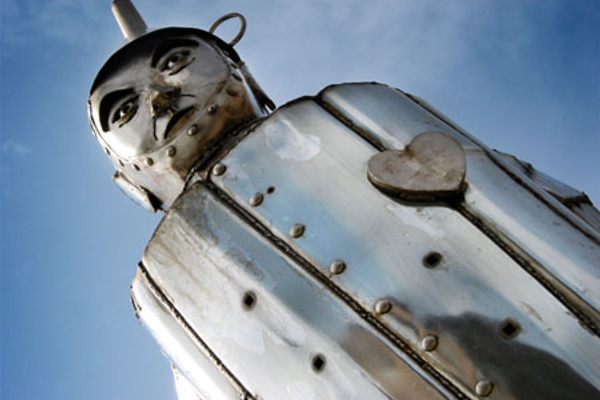


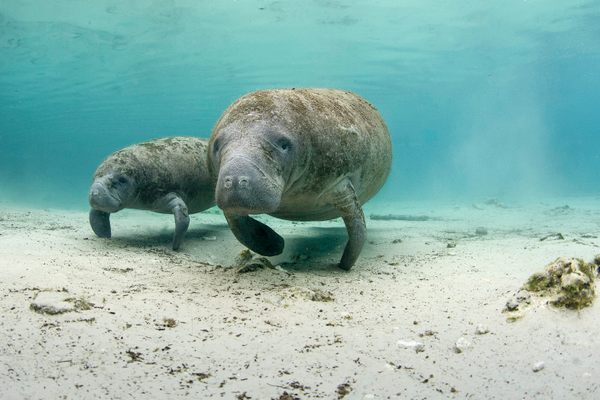


















Follow us on Twitter to get the latest on the world's hidden wonders.
Like us on Facebook to get the latest on the world's hidden wonders.
Follow us on Twitter Like us on Facebook